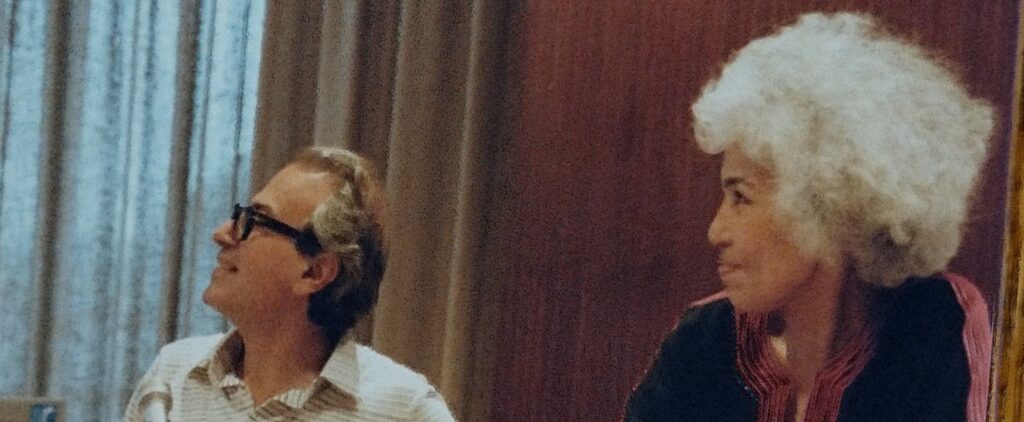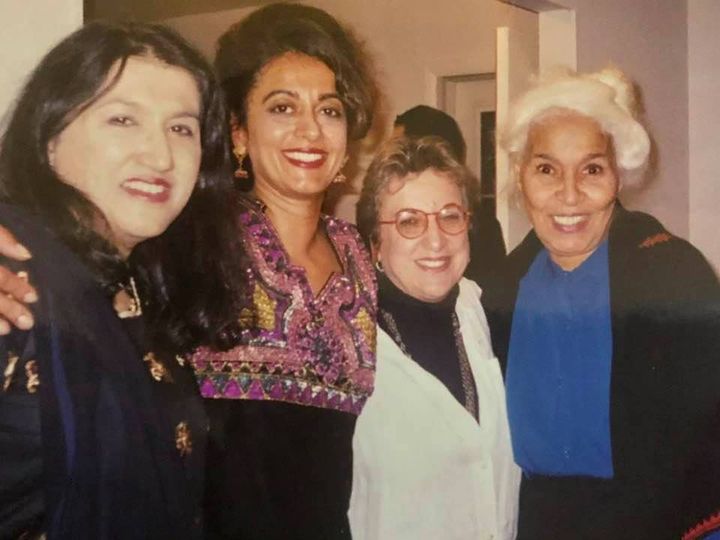
by BN Aziz March 24, 2021. Counterpunch.org
I often quote one simple statement by Nawal El-Saadawi– a bold and brilliant retort to a question put to her by an NPR radio host many years ago. A lesson for me, but for many others too.
I was accompanying the Egyptian writer to the Manhattan studio of the national radio network, and sat behind her in the glass-walled booth as the interview got underway. It was the early 1990s when the Western public was newly aware of Muslim people—as individual women and men. The interviewer (a well-known radio personality) actually began with a question other guests might stumble over, be outraged by, or possibly be moved to cancel the discussion altogether.
“Are you a good Muslim?”, asked the host.
Nawal’s reply? Cool and succinct, but not unkind– as was her habit: “That’s between God and me.”
This retort made an enormous impression on me personally, but also informed my understanding of media’s subtle ways of controlling dialogue. El-Saadawi’s handling of that question later inspired my widely circulated article Is She Muslim?.
Today, as news of her passing spreads, it’s gratifying to read the many tributes to the inimitable author and activist Nawal El-Saadawi. She completed 89 years of an extraordinary life and career that went from early medical work into villages of her native Egypt, to authorship of autobiographies and novels, to incarceration following her criticisms of Anwar Sadat, to international conferences, and visiting professorships in the West.
She was extraordinary on all fronts– highly energetic intellectually and physically, relishing any opportunity to dialogue and to criticize, infinitely patient and ready to explain over and over again for an infinitely naïve public the links between patriarchy and capitalism, between patriarchy and a myopic Western feminism, to build her Arab Women’s Solidarity Association, and to continue writing.
As you will hear in this audio clip from my February, 2000 interview with her, how El-Saadawi possessed a powerful voice and a skill to make clear seemingly complex issues.
Although she frequently visited the West to speak and teach, and however tense and threatening the politics in her homeland, she always returned there to write and to involve herself in the ongoing insecurity and political upheaval within Egypt.

I met Dr. Nawal on many occasions, both in U.S.A. and in Cairo. Our first meeting was during one of her visits to New York in the early 1990s when she was seen largely as a ‘loose cannon’. Oh, she was unpredictable. No one in that largely middle-class NGO audience knew what to expect. But she was gaining attention as an Arab spokesperson. Not only was the ‘Arab woman’ a new phenomenon to be seen and heard in person. Islam was growing in controversy following Salman’s Rushdie’s Satanic Verses and the newly established theocracy in Iran.
El-Saadawi first came to prominence with her 1980 book The Hidden Face of Eve: Women in the Arab World. There, she exposed to the global community, the physical mistreatment of young women in her country through a puberty rite later labeled ‘female genital mutilation’. Her exposé was sensational in a way that embarrassed many Arabs and Muslims. It was incorrectly associated with Islamic teachings and it aroused in the wider public a very negative image of both Islam and Arab women as victims of Islam. (To the present, those connections persist in the minds of many.)

I don’t know if El-Saadawi ever was able to shed her close association with that issue; the concept which shocked so many may have pursued her reputation to the end. This she would doubtless find unfortunate. Because her understanding of Islam was not at all negative and her exploration of women in history and society was deep and enlightening.
She understood cultural underpinnings more deeply than most anthropologists and sociologists. She often talked about how, in its own way, Western culture and secular rituals ‘mutilate’ Western women who are furthermore subject to their own ‘veiling’ prescriptions. She shocked us with analogies she drew between East and West, pointing out the bizarre practices and demands on women by Western culture. Some radical feminists understood this. But few others did. As for reforming our Western habits, she always returned to the barriers of patriarchy.

